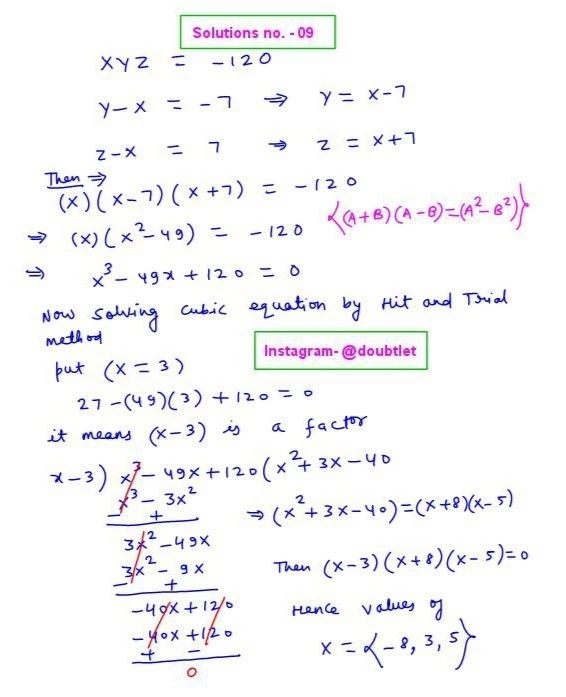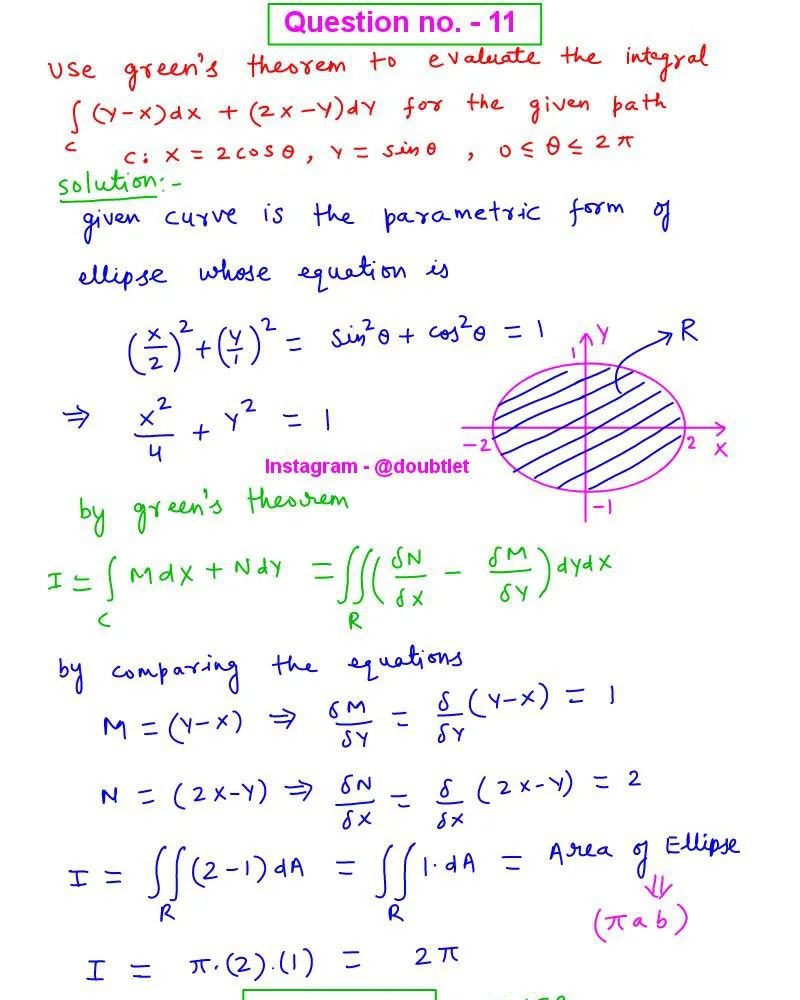









The binomial theorem provides a formula for expanding expressions of the form into a sum of terms involving powers of and . It simplifies complex polynomial expansions, allowing for quick calculations using binomial coefficients. The theorem is widely used in algebra, probability, and calculus for simplifying polynomial expressions and solving real-world problems.

Neetesh Kumar | October 13, 2024
Share this Page on:
![]()
![]()
![]()
![]()
![]()
- 1. Introduction to the Binomial Theorem
- 2. What is Binomial Theorem
- 3. Binomial Theorem
- 4. Binomial Theorem Formula
- 5. Properties of Binomial Theorem
- 6. Important Terms of Binomial Theorem
- 7. Binomial Expansion for Negative Exponent
- 8. Binomial Theorem Solved Examples
- 9. Practice Questions on Binomial Theorem
- 10. FAQs on Binomial Theorem
- 11. Real-life Application of Binomial Theorem
- 12. Conclusion
1. Introduction to the Binomial Theorem:
The binomial theorem is a fundamental theorem in algebra that allows us to expand expressions raised to a power, such as , into a sum of terms involving powers of and . This theorem has wide applications in both pure mathematics and real-world problems. From probability theory to algebraic expansions, the binomial theorem is a powerful tool that simplifies calculations.
This blog will break down the binomial theorem, explain its formula, and demonstrate how to apply it effectively. Whether preparing for exams or looking to deepen your understanding of algebraic expressions, this comprehensive guide covers everything.
2. What is Binomial Theorem:
The binomial theorem describes the algebraic expansion of powers of a binomial expression, which is any expression with the form . The theorem gives a formula to expand , where is a positive integer, into a sum of terms involving powers of and . It allows us to calculate these expansions quickly and systematically without multiplying the binomial repeatedly.
3. Binomial Theorem:
The binomial theorem provides a method to expand for any non-negative integer . The general form of the expansion is:
Where:
-
is the binomial coefficient, also written as "n choose k".
-
and represent the terms of the expansion.
The binomial theorem helps break down complex polynomial expressions into simpler terms, making it easier to handle algebraically.
4. Binomial Theorem Formula:
The binomial theorem formula is used in the expansion of any power of a binomial in the form of a series. The binomial theorem formula is:
Where is the binomial coefficient and is calculated using the formula:
The terms are often referred to as "combinations" or "n choose k," and they represent the number of ways to choose elements from .
5. Properties of Binomial Theorem:
Some important properties of the binomial theorem include:
-
Symmetry: The expansion of is symmetric. This means that , which results in symmetric terms in the expansion.
-
Sum of Exponents: In each term of the expansion, the sum of the exponents of and is always . For example, in the term , the exponents of and add up to .
-
Total Number of Terms: The expansion of contains terms, ranging from to .
-
Binomial Coefficients: The coefficients follow a pattern known as Pascal’s Triangle, where each number is the sum of the two numbers directly above it.
6. Important Terms of Binomial Theorem:
Some key terms to understand in the context of the binomial theorem are:
-
Binomial Expression: A two-term algebraic expression, like .
-
Exponent: The power to which the binomial expression is raised.
-
Binomial Coefficient" The term , representing "n choose k" and calculated as .
-
Pascal’s Triangle: A triangular array of numbers where each number is the sum of the two numbers directly above it. The binomial coefficients follow the same pattern as Pascal’s Triangle.
7. Binomial Expansion for Negative Exponent:
The binomial theorem also works when the exponent is negative or fractional, but the expansion becomes an infinite series. The formula for a negative exponent is given by:
This is known as the binomial series and is valid when .
8. Binomial Theorem Solved Examples:
Question: 1.
Expanding a Binomial Expression
Expand using the Binomial Theorem.
Solution:
Step 1: Write the binomial expansion formula.
In this case, , , and .
Step 2: Apply the Binomial Theorem.
Step 3: Calculate the binomial coefficients and simplify each term.
Final Answer:
Question: 2.
Finding a Specific Term in Binomial Expansion
Find the term containing in the expansion of .
Solution:
Step 1: Write the general term in the binomial expansion. The general term in the expansion of is given by:
Here, , , and .
Step 2: Find the term containing . We need to find such that the power of is in . The power of in is . Set , which gives .
Step 3: Write the specific term.
Step 4: Simplify the expression.
Final Answer: The term containing in the expansion of is .
Question: 3.
Coefficient of a Term in Binomial Expansion
Find the coefficient of in the expansion of .
Solution:
Step 1: Write the general term in the expansion of . The general term is:
Step 2: Find the term where the power of is . Set , since .
Step 3: Calculate the coefficient of .
Final Answer: The coefficient of is .
9. Practice Questions on Binomial Theorem:
Q:1. Expand using the binomial theorem.
Q:2. Find the coefficient of in the expansion of .
Q:3. Use the binomial theorem to expand .
10. FAQs on Binomial Theorem:
What is the Binomial Theorem?
The Binomial Theorem is a mathematical formula that provides a way to expand any binomial expression into a sum of terms involving powers of and , with coefficients determined by binomial coefficients .
What is a binomial coefficient?
A binomial coefficient is a term in the expansion of , denoted , and is calculated using the formula . It represents the number of ways to choose elements from a set of elements.
How is Pascal’s Triangle related to the Binomial Theorem?
Pascal’s Triangle is a triangular array of numbers where each row corresponds to the binomial coefficients for expanding . Each number in the triangle is the sum of the two numbers directly above it.
Can the Binomial Theorem be used for negative or fractional exponents?
Yes, the Binomial Theorem can be extended to negative or fractional exponents using an infinite series known as the binomial series, which converges when .
What are the applications of the Binomial Theorem?
The Binomial Theorem is widely used in algebra for expanding polynomials, in calculus for Taylor series expansions, and in probability theory, especially in binomial distributions.
What is the general form of the Binomial Theorem?
The general form of the Binomial Theorem for expanding is given by: where is a non-negative integer, and is the binomial coefficient.
What is the difference between the Binomial Theorem and the Binomial Series?
The Binomial Theorem expands binomials with non-negative integer exponents into a finite number of terms. The Binomial Series is an extension used for negative or fractional exponents, resulting in an infinite series.
How does the Binomial Theorem help in probability?
The Binomial Theorem is used in binomial distributions in probability, where it helps calculate the likelihood of a specific number of successes in a sequence of independent experiments, such as flipping a coin.
11. Real-life Application of Binomial Theorem:
The binomial theorem is widely used in probability theory, finance, and physics. It helps calculate the likelihood of multiple independent events occurring in probability, as in binomial distributions. In finance, it’s used in options pricing models. It also plays a role in algebraic problems where polynomial expansion is needed, such as signal processing and computer algorithms.
12. Conclusion:
The binomial theorem is a powerful algebraic tool that allows for the expansion of binomial expressions raised to any power. Its wide applications, from solving algebraic problems to real-world uses in probability and finance, make it an essential mathematical concept. By mastering the binomial theorem, you'll gain deeper insights into how polynomial expressions work and how to simplify complex expansions.
If you have any suggestions regarding the improvement of the content of this page, please write to me at My Official Email Address: [email protected]
Are you Stuck on homework, assignments, projects, quizzes, labs, midterms, or exams?
To get connected to our tutors in real-time. Sign up and get registered with us.
Pre Algebra Calculator
Pre Calculus Calculators
Binomial-theorem Formula Sheet
Remainder Theorem Blog
Solving Algebraic Equations Calculator
Blog Information
Blog Author: Neetesh Kumar
Blog Publisher: Doubtlet
Comments(0)
Your comment will be reviewed before it is published.



Leave a comment